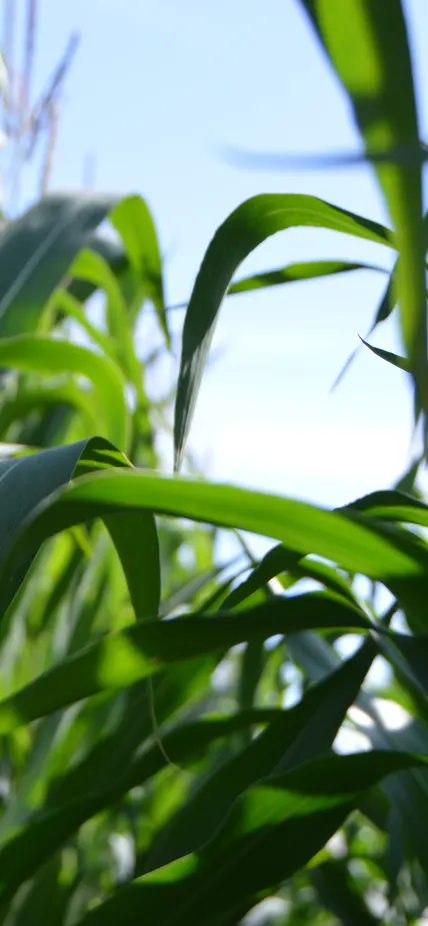Palo Alto, CA—When it comes to key physical characteristics like height, yield, and pest resistance, plants show enormous variety. One of the greatest challenges in modern plant research is to identify the genetic factors that are responsible for these differences.
A research team led by Carnegie and Heinrich Heine University Düsseldorf developed a method to precisely identify the differences in genetic information underlying this variability. In a paper published in Genome Biology they demonstrate this new technique’s potential by pinpointing the regions in the corn genome that can help breeders increase crop productivity and resistance to pests.
This work hinges on specific segments of the plant’s DNA—not those that encode the recipe for proteins, which is what we usually think about when discussing genetics—but the regulatory bits that control when and under what conditions different genes are turned on. They are the binding sites for proteins called “transcription factors,” which initiate the gene activation process.
Changes in these sections are largely responsible for the differences between organisms and even plant varieties. However, they are often the endpoint of complicated biochemical pathways and are difficult to spot.
One such pathway involves a class of plant hormones called brassinosteroids, which Carnegie’s Zhi-Yong Wang has studied extensively. They are known to activate a family of transcription factors that turn on thousands of target genes involved in a wide array of developmental and physiological functions, including germination, development, growth, and fertility.
“Because of the way these regulatory sites are disbursed in the genome, they can’t easily be recognized by scanning for the sequence itself and are difficult to identify,” Wang said. “So, we had to develop a method to measure the effects of DNA sequence variation on transcription factor binding.”
The research team—which included colleagues from the Leibniz Institute for Plant Genetics and Crop Plant Research, the University of Nebraska-Lincoln, and Iowa State University—compared brassinosteroid-activated transcription factor binding across the entire genomes of different corn hybrids. They identified thousands of differences that are linked to the yield and pest resistance. This includes more than 6,000 genome regions that are suitable for plant breeding.
“Knowing the places in the genome that we can use as a starting point for using modern breeding methods is of great importance. This will better enable us to take desirable plant characteristics that are already pronounced in nature and confer them on crops where they can be useful in fighting world hunger,” said lead author Thomas Hartwig, who initiated the work in Wang’s lab at Carnegie and continued it as a group leader on crop yield research at Heinrich Heine University and the Max Planck Institute for Plant Breeding Research in Cologne. “Our study can serve as a roadmap in the search for such trait-controlling genome regions.”
